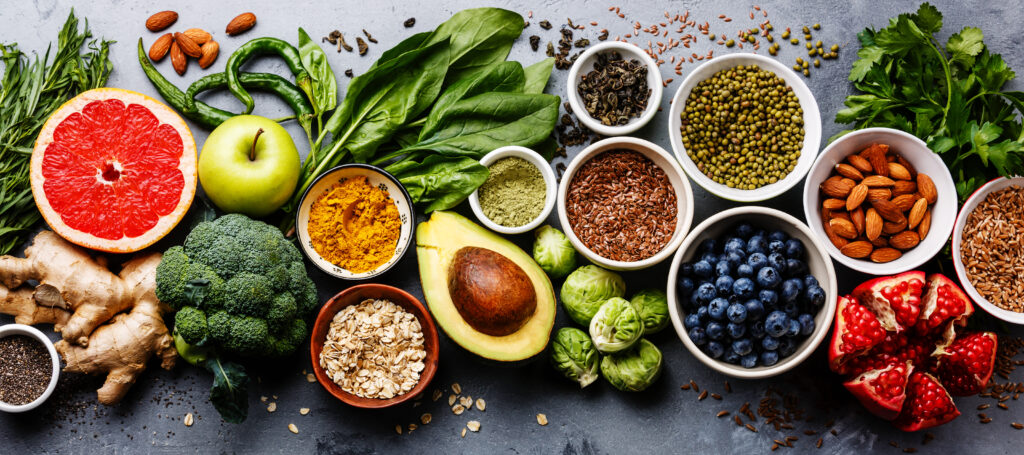If you have a child who has lactose intolerance or cow’s milk allergy, chances are you need to think about the nutritional composition of milk alternatives. Cow’s milk and its products are good sources of calcium and trace elements like iodine in the UK diet. As someone who takes nutrition seriously, a Paediatric Dietitian and mother of 3 growing teenagers, I would like to point out that the nutritional composition of milk alternatives available in our shops is shockingly poor. It does not serve consumers well, has insufficient nutrition for infants, children or teens, and for those who depend on the nutrients milk would normally provide. The missing nutrients and their physiological roles are as follows:
- calcium – for growth and maintenance of strong bones, blood clotting
- iodine – for neurological development during pregnancy, control of metabolism, thyroid function
- Vitamin B2 – for healthy skin, eyes and nervous system, releasing energy from food
- protein – for growth and repair of all body tissues, immune function
- Vitamin B12 – assists in maturing red blood cells, absorption of iron
- lactose – the milk sugar – food for the beneficial lactobacillus genus of bacteria, maintenance of a healthy intestinal microbiota
Exciting range of nut milks
I was quite excited to see such an explosion of nut milks now routinely available; and on researching this recently, felt somewhat aggrieved to see such poor nutritional composition. Nuts are one of nature’s most incredibly nutritious foods – high in calories, protein, essential fats, minerals like zinc, calcium, iron and magnesium as well as B vitamins. They are also (currently) fairly conflict-free and sustainable. There are not many foods you can say that about! Unfortunately none – and yes I do actually mean NONE – of that goodness is retained in the resultant, washed out and expensive product marketed as milk. Some have no calcium, no protein, no minerals no vitamins, and poor calories. Mil for mil they are 7 times the price.
Compare the nutritional composition of milk alternatives in the chart below, and take care to ensure that you choose ones with higher calories and protein for young children, ensuring they are fortified with calcium, and where possible Vitamin D and other vitamins.
| Type of Milk | Calories | Protein | Calcium | Vitamin D | Extras |
| Whole Cow’s Milk | 69 | 3.3 | 120 | Low | Wide range of nutrients |
| Cow’s Milk formula | 66 | 1.3 | 65 | 1.2 | Full range of nutrients |
| Mature Breast Milk | 67 | 1.3 | 35* | Varies | Wide range of nutrients |
| Goats Milk | 70 | 2.8 | 120 | Low | Wide range of nutrients |
| Arla Lactose Free Milk | 56 | 3.3 | 120 | Low | Wide range of nutrients |
| KoKo unsweetened | 16 | 0.2 | 120 | 0.75 | Nothing |
| Oatly Original | 46 | 1.0 | 120 | 1.5 | Vitamins |
| Innocent Hazelnut Milk | 72 | 1.0 | 0 | 0 | Nothing |
| Innocent Almond Milk | 37 | 1.4 | 0 | 0 | Nothing |
| Alpro Soya Original | 42 | 3.3 | 120 | 0.75 | Vitamins |
| Alpro Cashew Milk | 23 | 0.5 | 120 | 0.75 | Vitamins |
| Alpro Soya Growing-Up 1-3 | 64 | 2.5 | 120 | 1.5 | Iodine, Vitamins |
| Rice Dream plus calcium | 50 | 0.1 | 120 | 0.75 | Not for <5years |
- absorption of calcium from breast milk is extremely efficient, but infants needs for calcium from 6-12 months through are high. Check out good sources of calcium if weaning your cow’s milk allergic infant.











